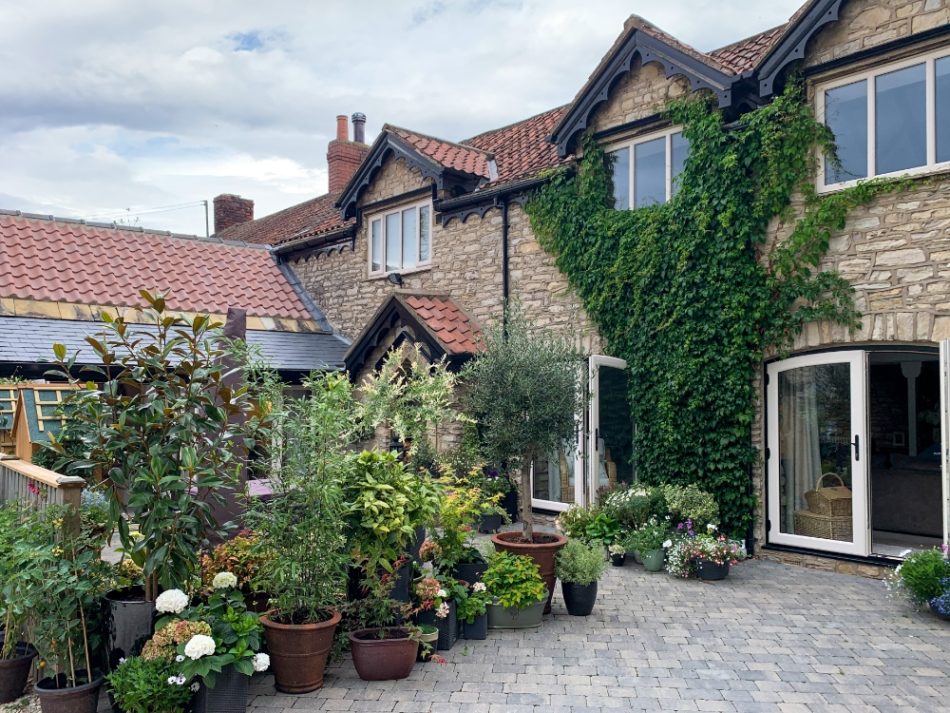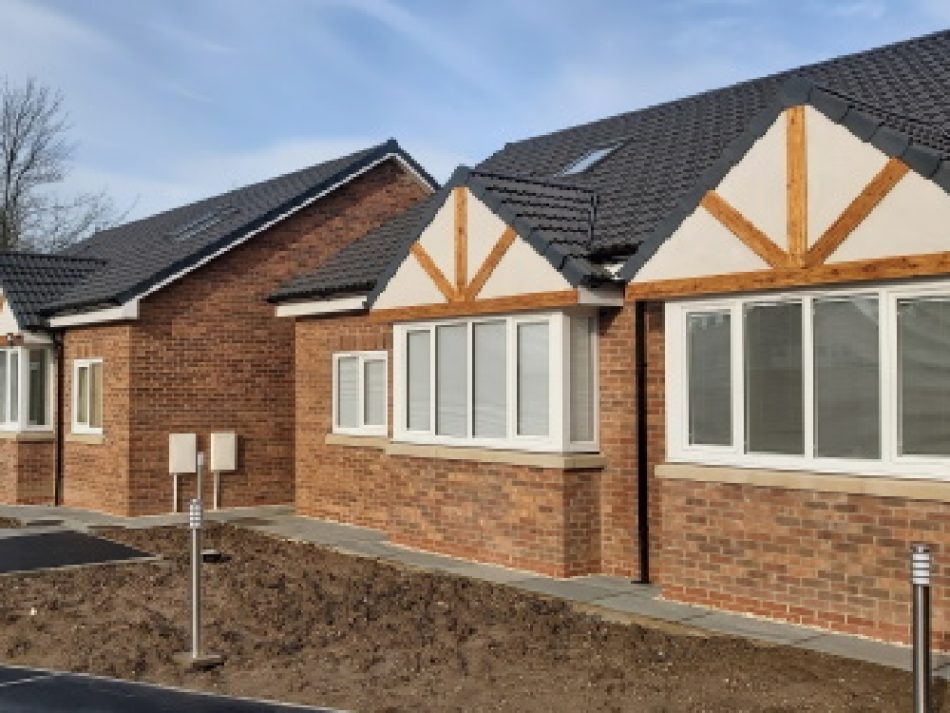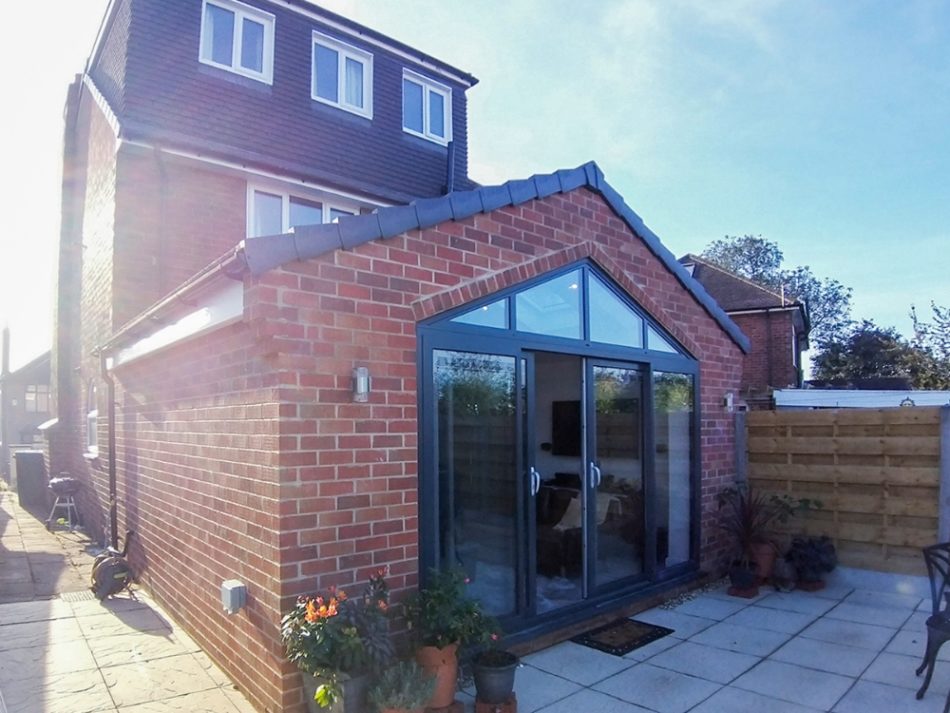PLANNING PERMISSION GUIDE
Planning permission is asking if you can do a certain piece of building work, be this a single storey or double storey extension to your house or a new build site for a major developer. It will be granted, subject to certain conditions or refused. The government has set out its rules on determining planning applications called the national planning policy framework. Local authorities or planning development control have their own local plans. You can find your LPA (local planning authority) on the planning portal and then search for the local development plan. This will give you full details on specific areas and any forth coming plans or restrictions.
Planning timeline steps
Planning applications have a straightforward journey to approval. Understanding where you are in that process helps you know what responses you can make and what to expect.
- Planning application is submitted to the local planning authority.
- The application plans, forms, fee and associated documents are checked and validated.
- Once validated a letter with the determination date is posted to the agent with case officer details and reference number.
- The planning authority publicises the application, in the newspaper, on lamp posts, by letter to neighbours and perhaps elsewhere.
- Other consultees are informed such as water board, highways etc…
- The public has a few weeks to comment on the application.
- Determination usually begins 2 weeks before the decisions date once all comments are in.
- The Planning Permission decision will be issued typically 8 weeks from validation.
Most planning applications are approved. But if the application is refused, or the approval has conditions on it, the applicant may appeal against the decision to the Secretary of State. If you have only heard about a development you’re concerned about after a planning application has been submitted, don’t delay in getting involved.
Planning considerations
The focus of the development management section in the council is the granting of planning permission where they meet the requirements of the Local Plan and national planning guidelines.
Certain types of work are covered by what’s called ‘Permitted Development’. This means that they can be carried out without planning permission, as long as they comply with the Permitted Development rules and restrictions. There are however situations where your permitted Development rights may have been modified or removed. This can be the case on some of the larger scale housing developments. If you are unsure if your Permitted Development rights have been removed, you can contact your local Planning office to check if you need planning permission.
Parliament has given the main responsibility for planning to local planning authorities. Therefore, if you have any queries about a case, the first thing to do is to contact your local planning office. You may also be able to find out more about planning law in your local library, or via the Planning Portal.
Planning applications are decided in line with the development plan unless there are very good reasons not to do so. There are many issues that the Planning Officers will need to consider when reviewing your application. With particular reference to householder applications, this may include some of the following:
- Size
- Layout
- Siting and external appearance of buildings and extensions.
- The effect of your proposals on any neighbouring properties.
- Proposed means of access, landscaping and impact on the neighbourhood.
- Proposed use of the development.
It is not necessary to make the application yourself. If you wish, you can appoint an agent (for instance, an architect, a surveyor, or a builder) to make it for you.
Anyone can make an application, irrespective of who owns the land or buildings concerned. However, if you are not the owner, or if you have only part-ownership, you must inform the owner or those who share ownership, including any leaseholder whose lease still has seven or more years to run, and any agricultural tenant.
The national planning policy framework
This was published on 27 March 2012 and sets out the government’s planning policies for England and how these are expected to be applied. The Key areas are as follows:
1. Introduction Paragraphs 1 to 5.
2. Achieving sustainable development Paragraphs 6 to 17.
3. Building a strong, competitive economy Paragraphs 18 to 22.
4. Ensuring the vitality of town centres Paragraphs 23 to 27
5. Supporting a prosperous rural economy Paragraph 28
6. Promoting sustainable transport Paragraphs 29 to 41
7. Supporting high quality communications infrastructure Paragraphs 42 to 46
8. Delivering a wide choice of high quality homes Paragraphs 47 to 55
9. Requiring good design Paragraphs 56 to 68
10. Promoting healthy communities Paragraphs 69 to 78
11. Protecting Green Belt land Paragraphs 79 to 92
12. Meeting the challenge of climate change, flooding and coastal change Paragraphs 93 to 108
13. Conserving and enhancing the natural environment Paragraphs 109 to 125
14. Conserving and enhancing the historic environment Paragraphs 126 to 141
15. Facilitating the sustainable use of minerals Paragraphs 142 to 149
16. Plan-making Paragraphs 150 to 185
17. Decision-taking Paragraphs 186 to 207
Annex 1: Implementation Implementing the National Planning Policy Framework.
Annex 2: Glossary Glossary of terms used in this manual.
Annex 3: Documents replaced by this Framework.
Link to government guidance on planning policy.
Too time consuming to read let us do it for you, send your details to us for a free feasibility study.











